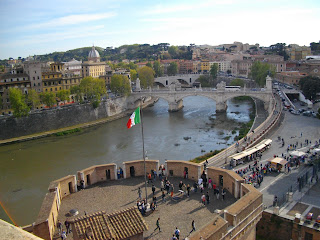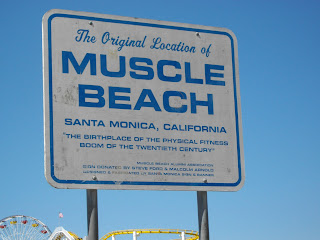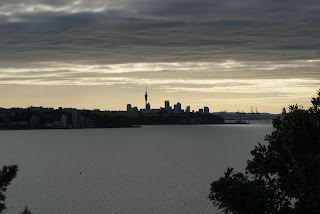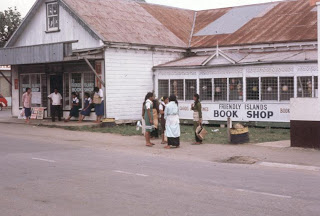I presume they made sure the Pope got the right train!
I enjoyed reaching Ponte Sant'Angelo and the Methodist manse late afternoon and going for a walk. I paid my respects to St Peter's square (the 'big daddy' of Baroque triumphalism) and then followed the Tiber, first to the rather run-down area around the renaissance Villa Farnesina (the one with the risque frescos) and then into Trastavere, which was limbering up for what was likely to be a long night of partying. I bought a wonderful icecream from a gelateria, then crossed the river to walk back along the Via Giulia - a long thoroughfare whose high walls conceal some of the grandest renaissance palaces in Rome. A lovely evening with Ken and Marion and two of their friends. Rome is such a good place to stay - especially outside of the hot summer months. It's one drawback, I think, is the airport - an uncomfortable and disorderly place with few facilities for those not intending to buy an expensive handbag. I kept wanting to go up to people and say 'don't you know how to form a queue?'.
Back to Belfast, and to its usual mixture of wind, rain and the occasional glimpse of the sun. It's time to get the garden ready to receive the plants that are slowly coming to life in the greenhouse, but the soil is still pretty waterlogged. I'm determined not to make the same mistake as last year. I sowed early, then put plants out in the first spell of warm weather. It soon turned cold and wet, leaving courgette plants shivering and miserable. They never did recover.
Today, the Church of England commemorates Christina Rossetti, sister of the more famous (and much less well-behaved) Dante Gabriel. She's an under-rated poet in my opinion, who could write something as simple as 'In the bleak midwinter' as well as the scarily gothic 'Goblin Market'. Here's her 'A Better Resurrection', which perfectly captures the tension between faith and doubt.
A BETTER RESURRECTION
by: Christina Rossetti (1830-1894)
 HAVE no wit, no words, no tears;
HAVE no wit, no words, no tears; - My heart within me like a stone
- Is numb'd too much for hopes or fears;
- Look right, look left, I dwell alone;
- I lift mine eyes, but dimm'd with grief
- No everlasting hills I see;
- My life is in the falling leaf:
- O Jesus, quicken me.
- My life is like a faded leaf,
- My harvest dwindled to a husk:
- Truly my life is void and brief
- And tedious in the barren dusk;
- My life is like a frozen thing,
- No bud nor greenness can I see:
- Yet rise it shall--the sap of Spring;
- O Jesus, rise in me.
- My life is like a broken bowl,
- A broken bowl that cannot hold
- One drop of water for my soul
- Or cordial in the searching cold;
- Cast in the fire the perish'd thing;
- Melt and remould it, till it be
- A royal cup for Him, my King:
- O Jesus, drink of me.















)

























